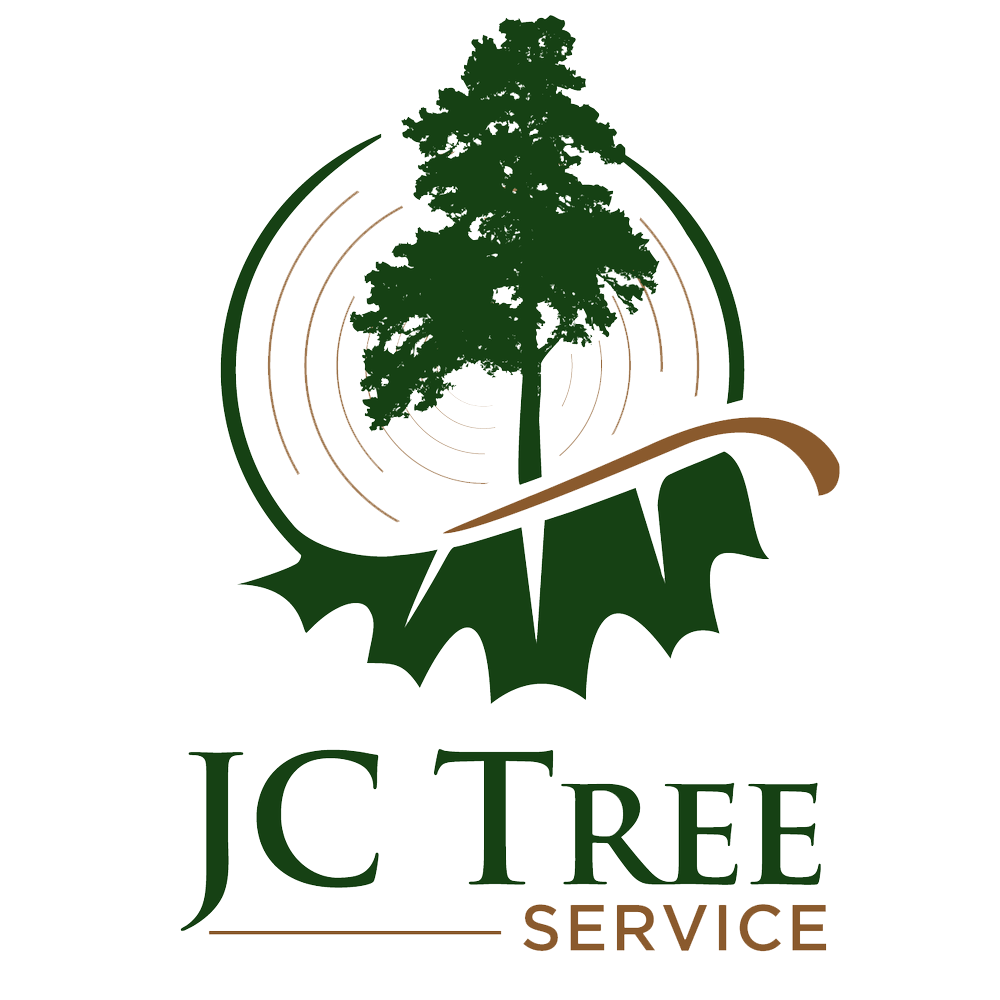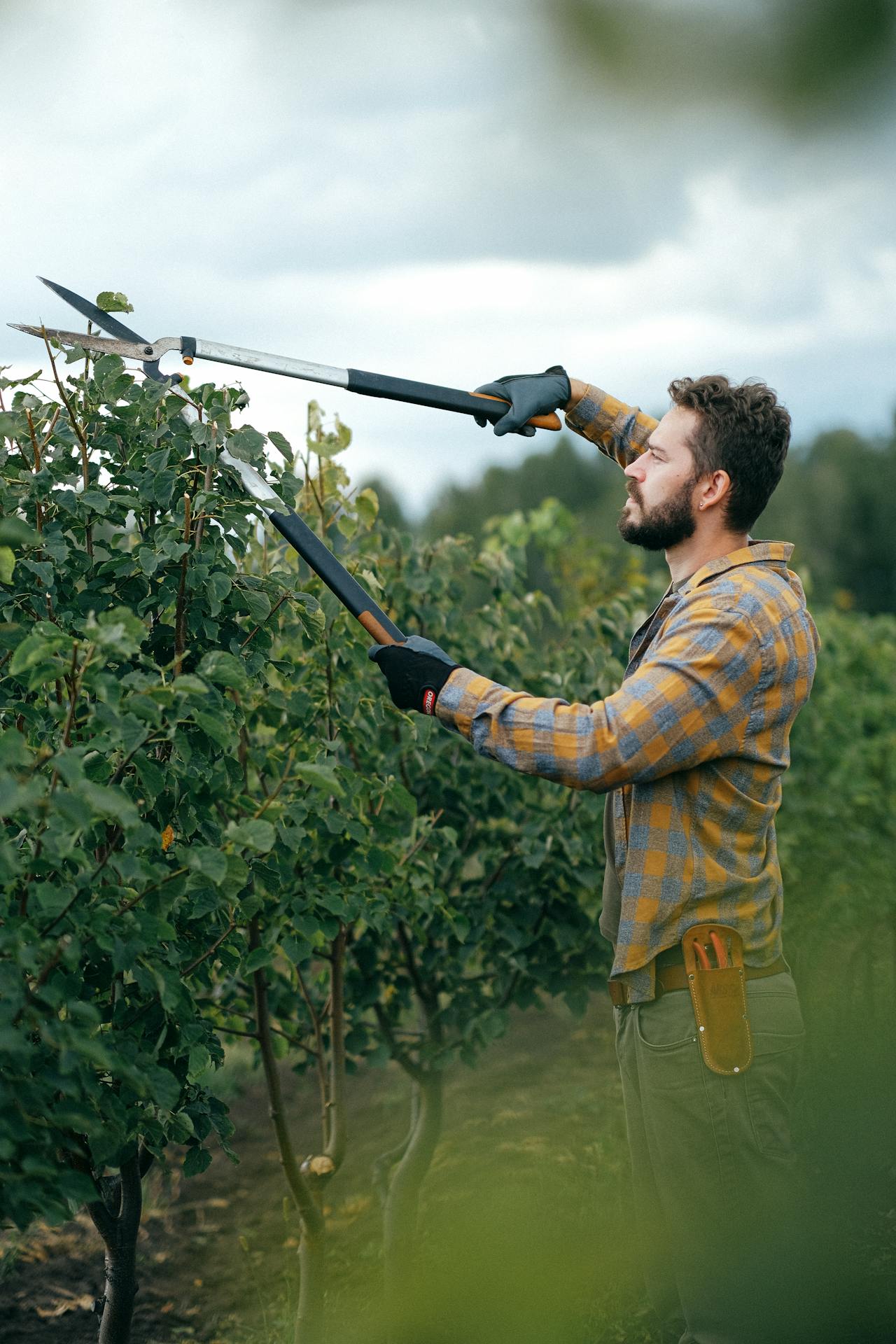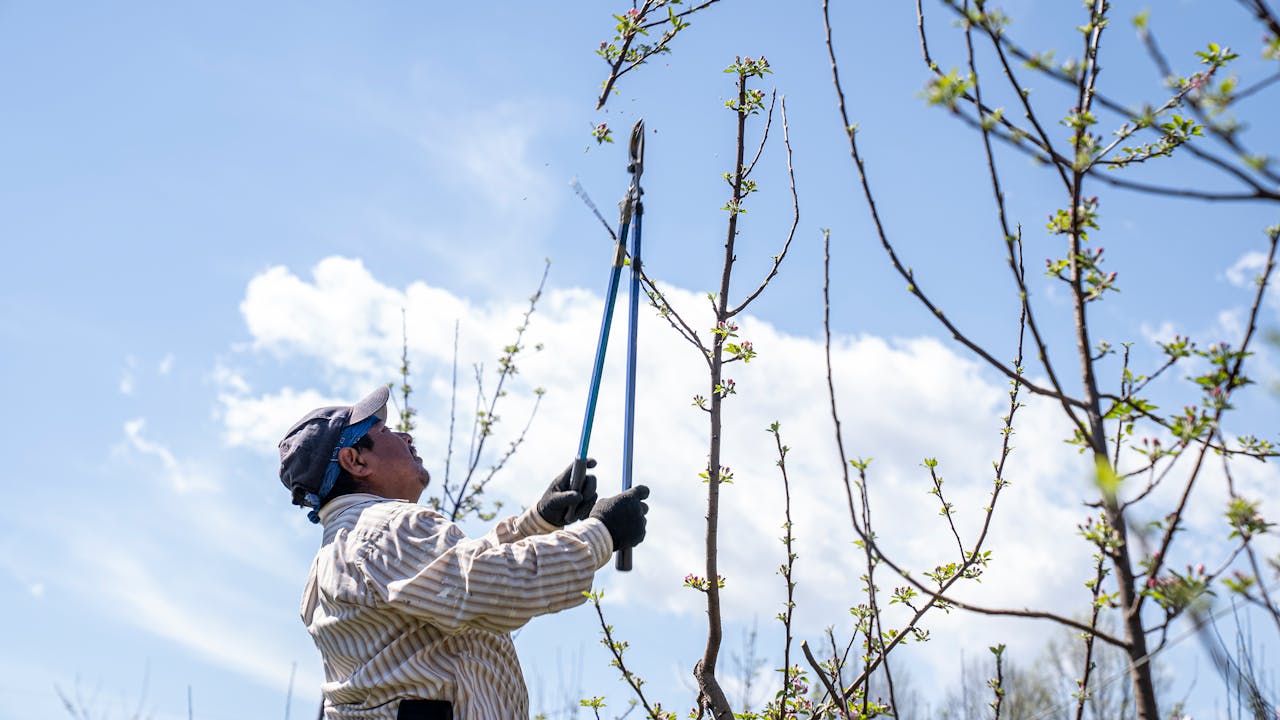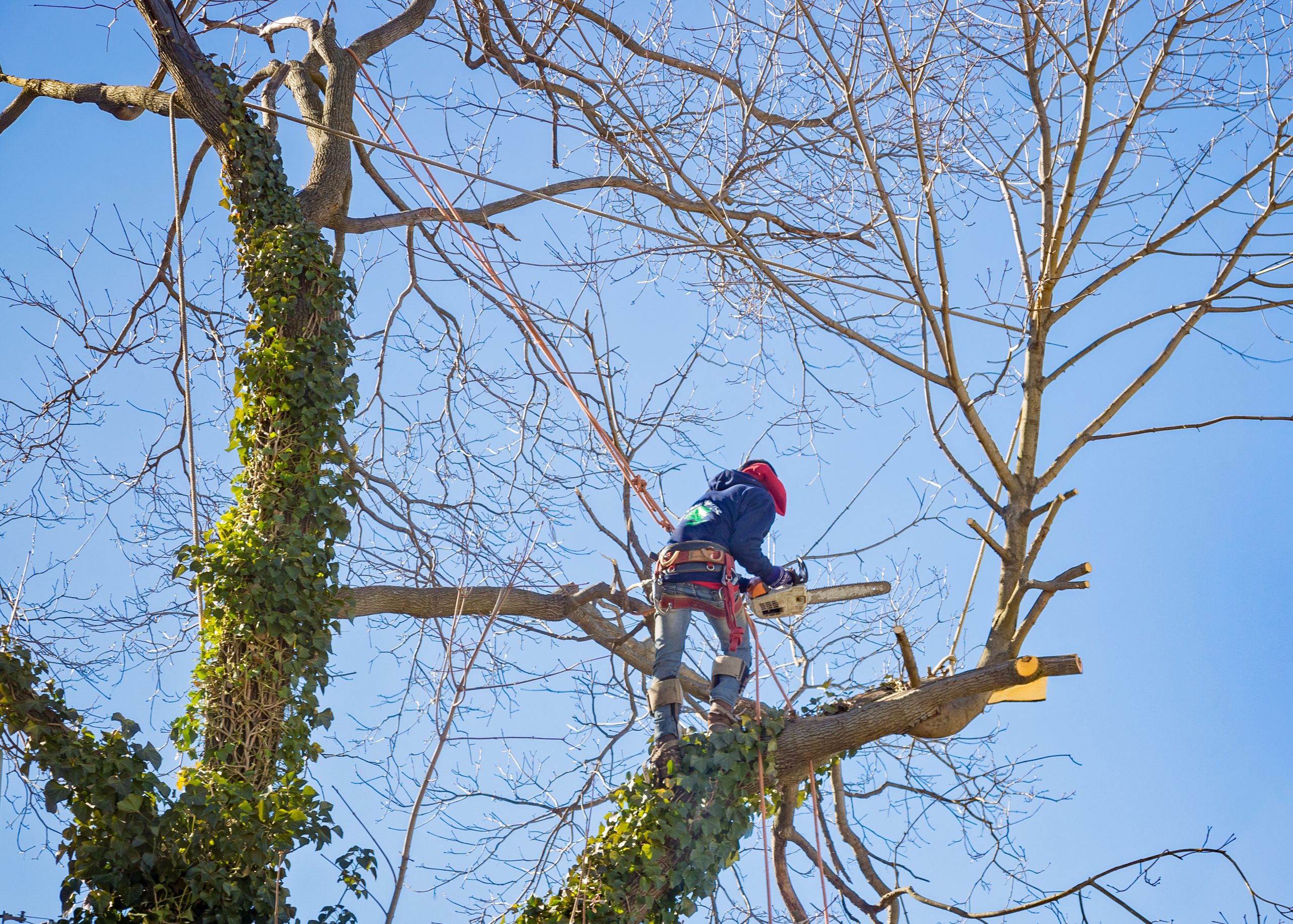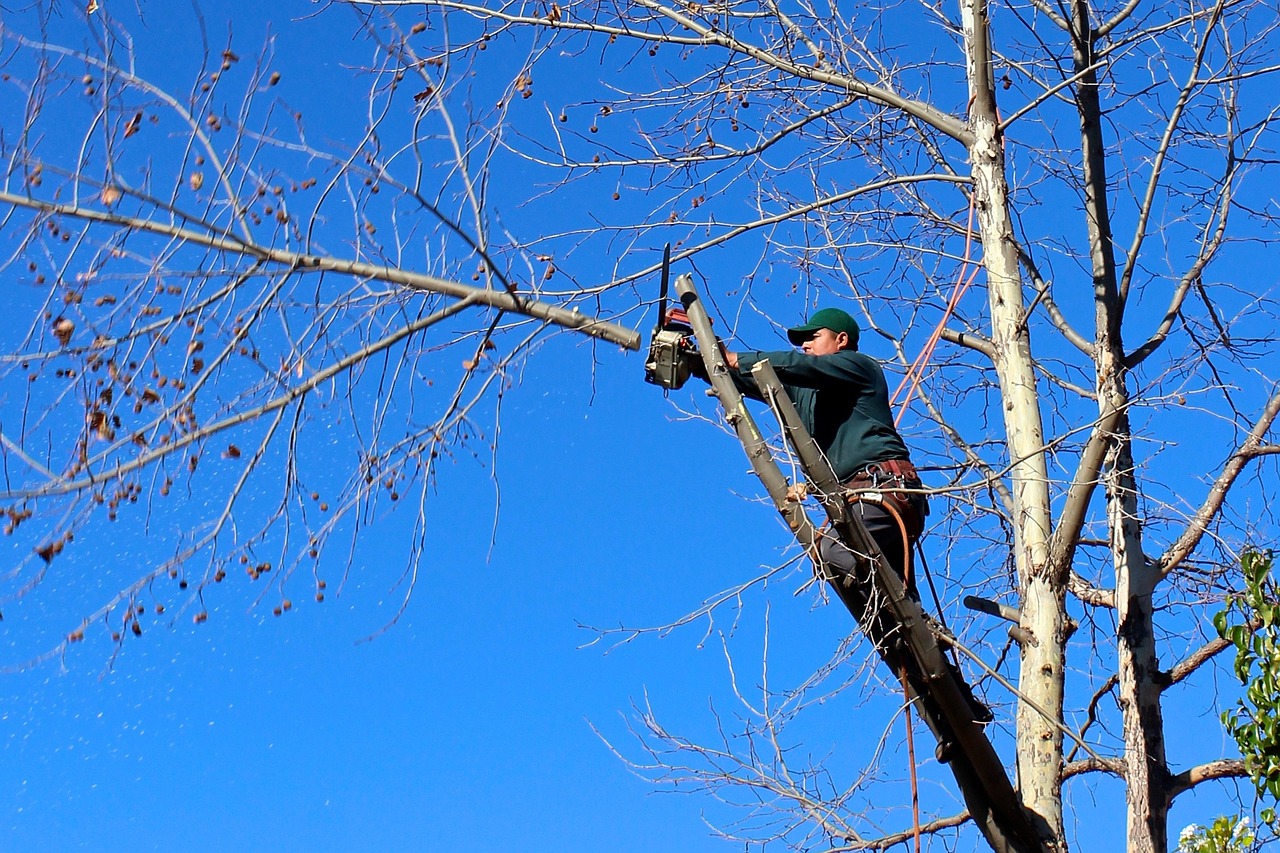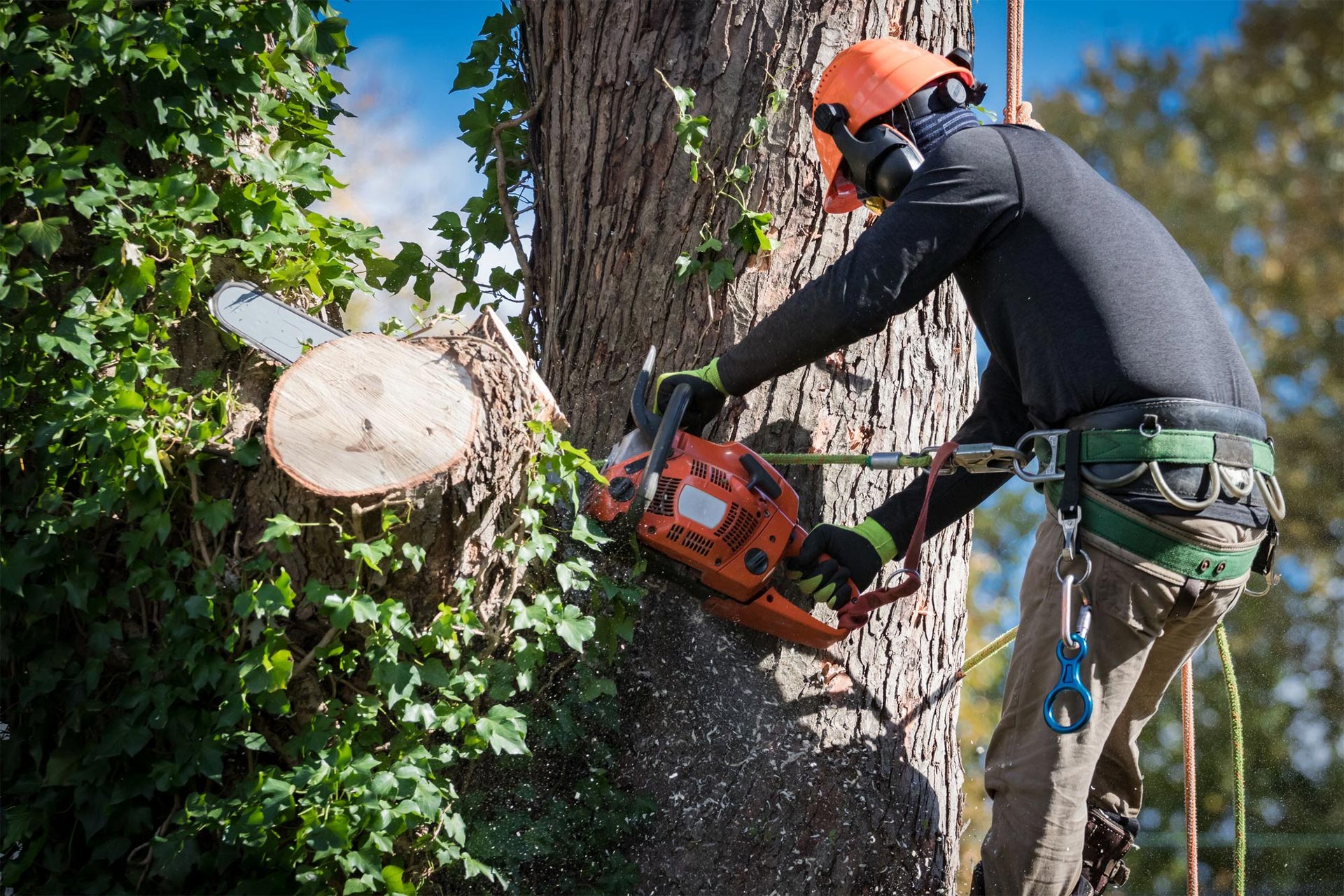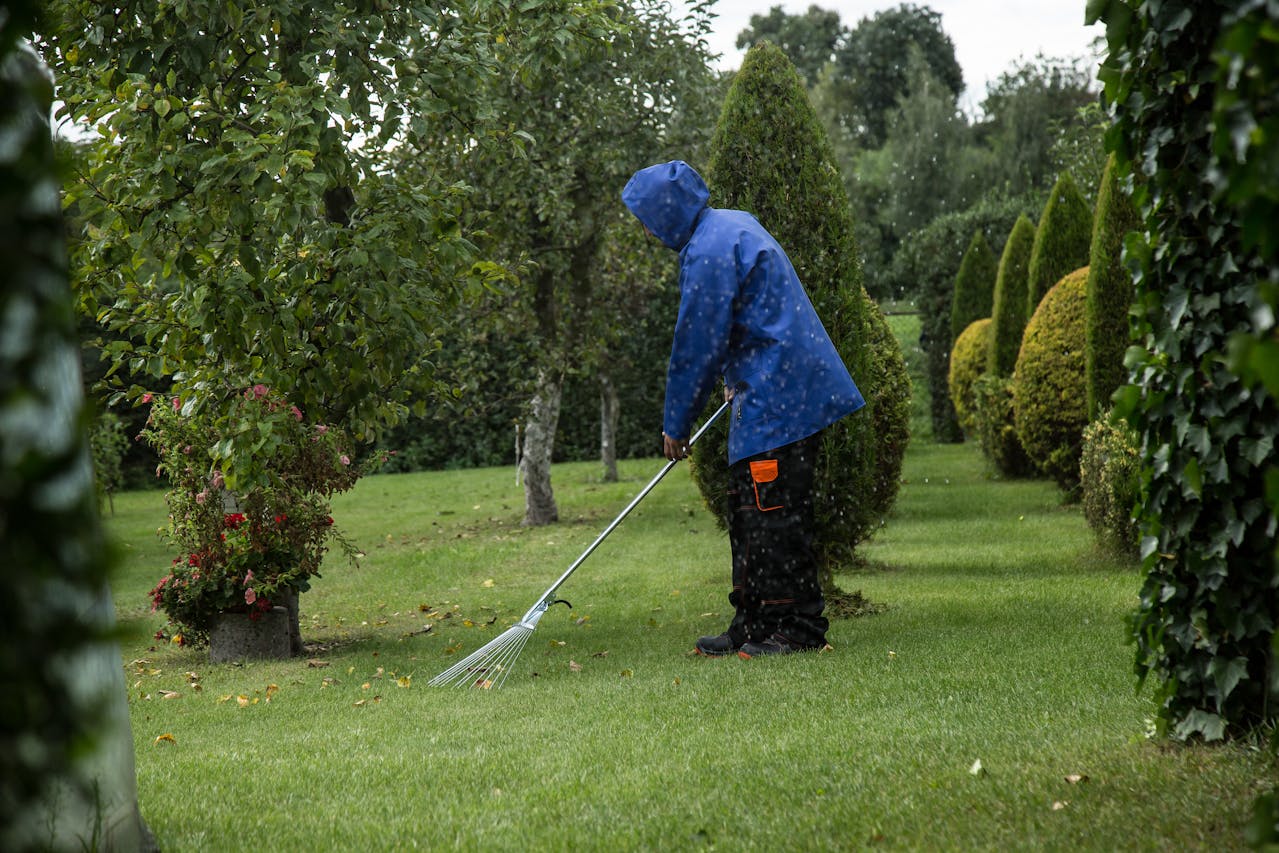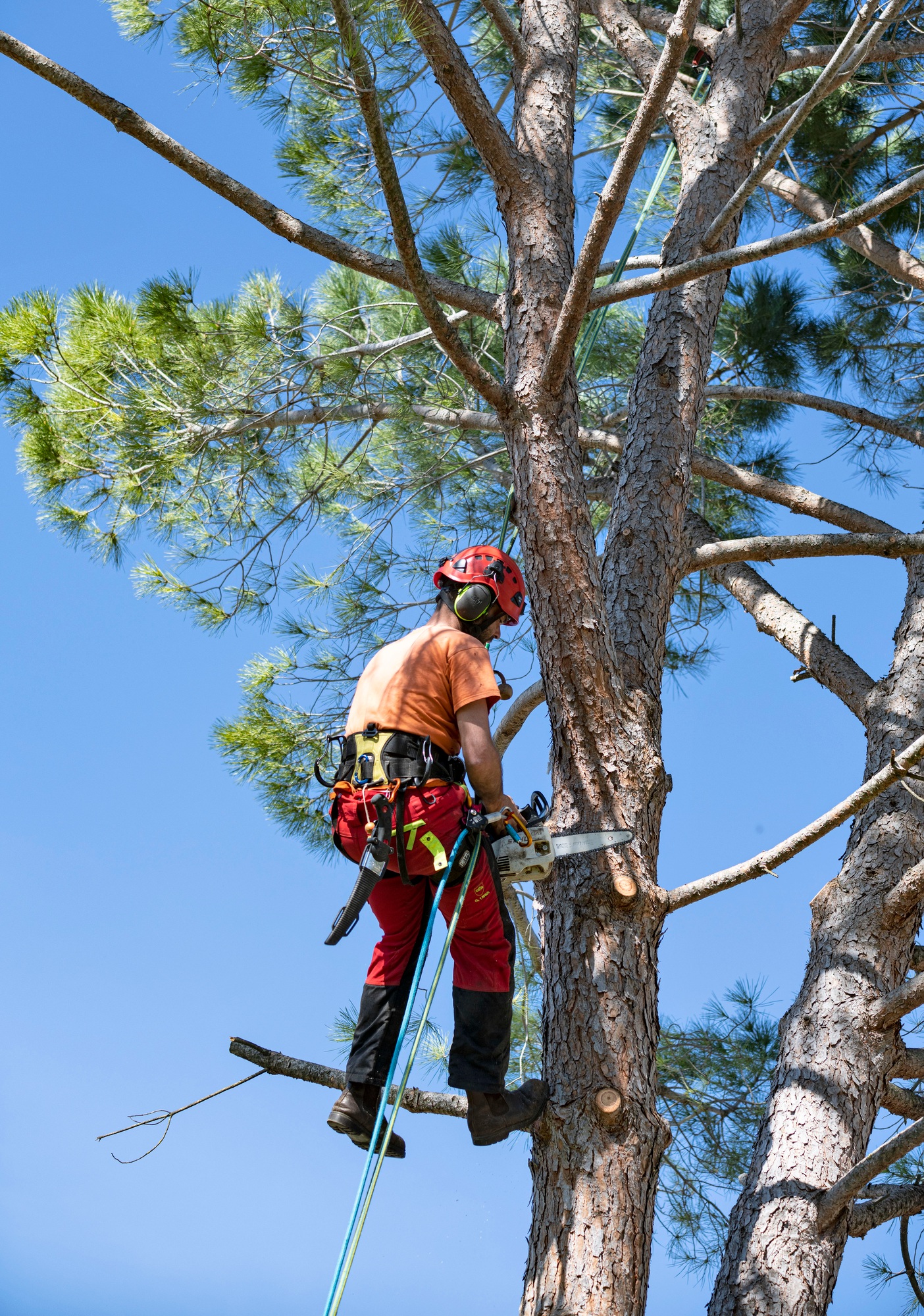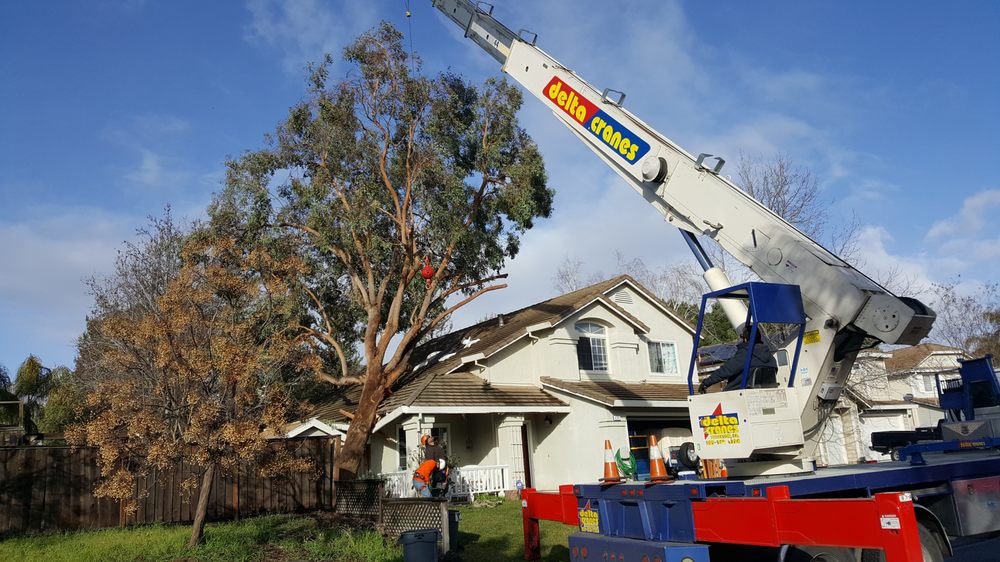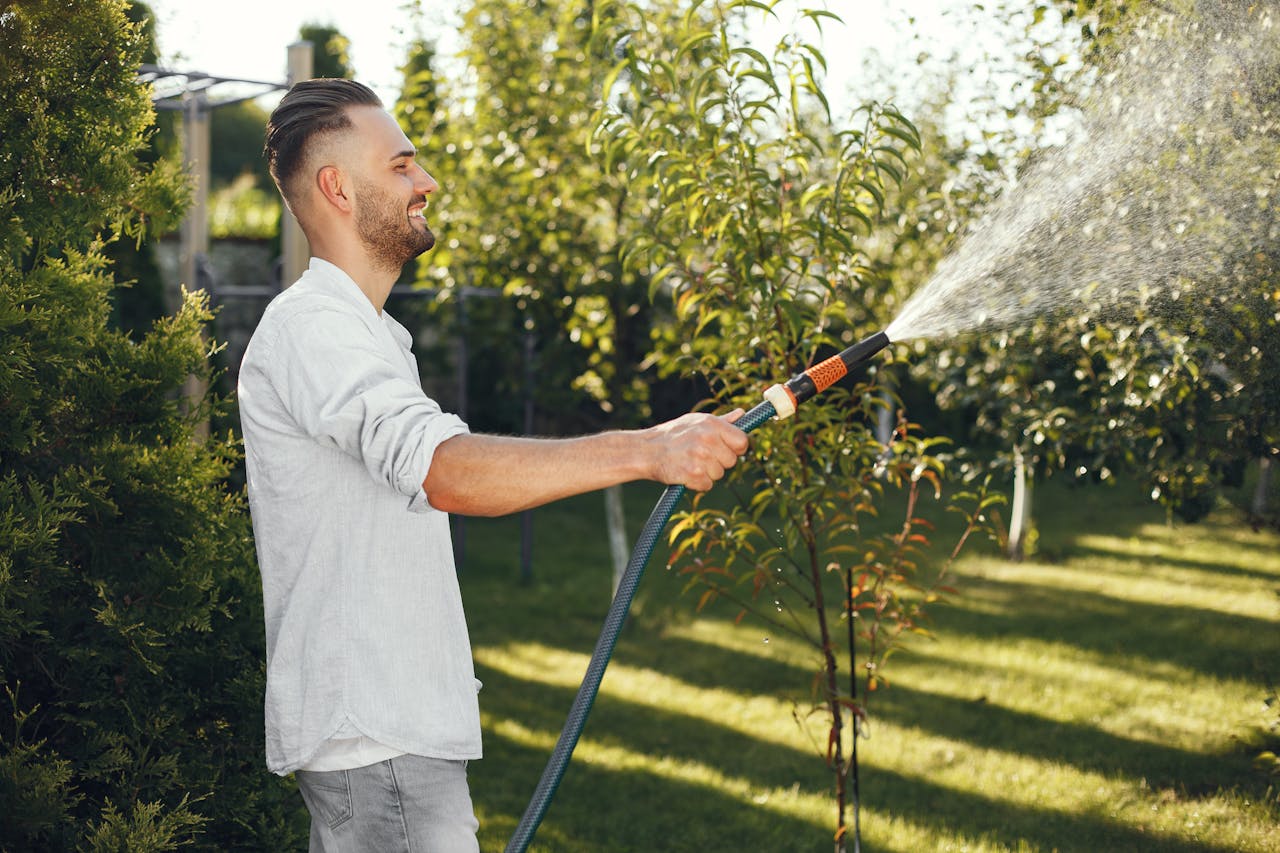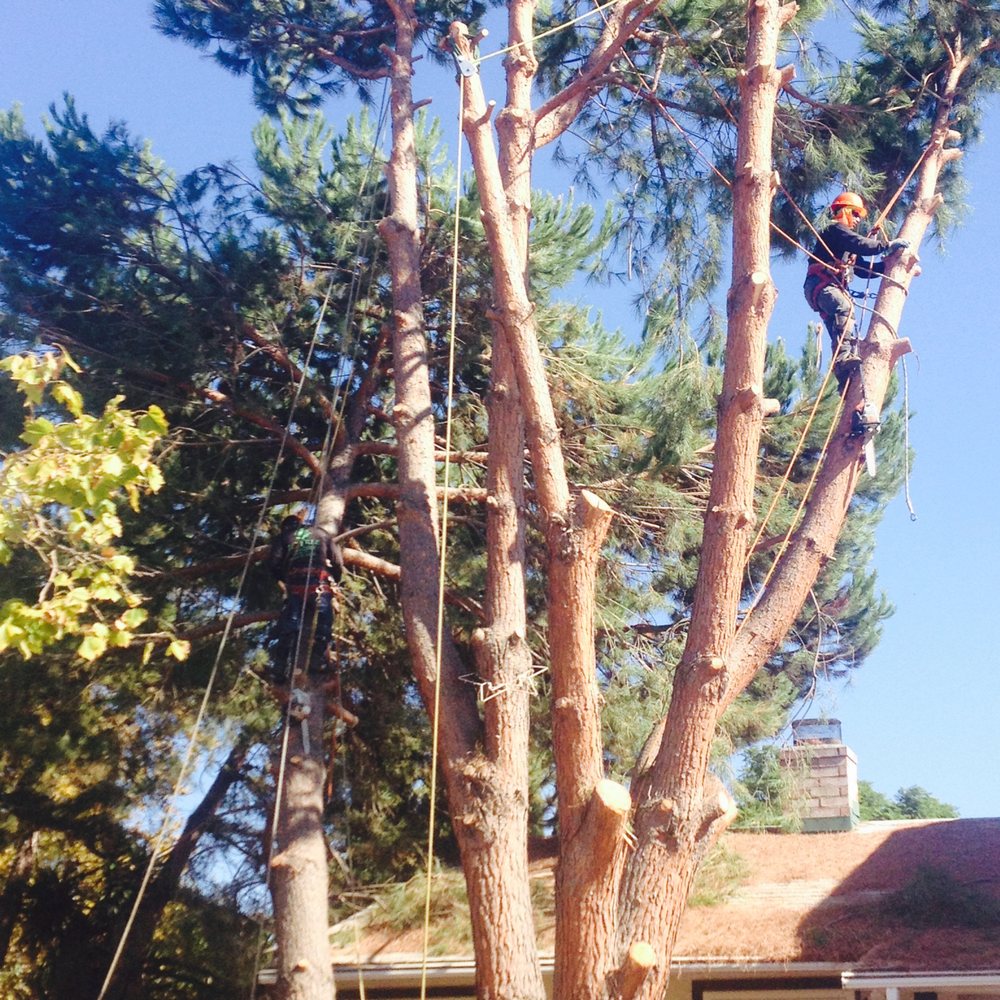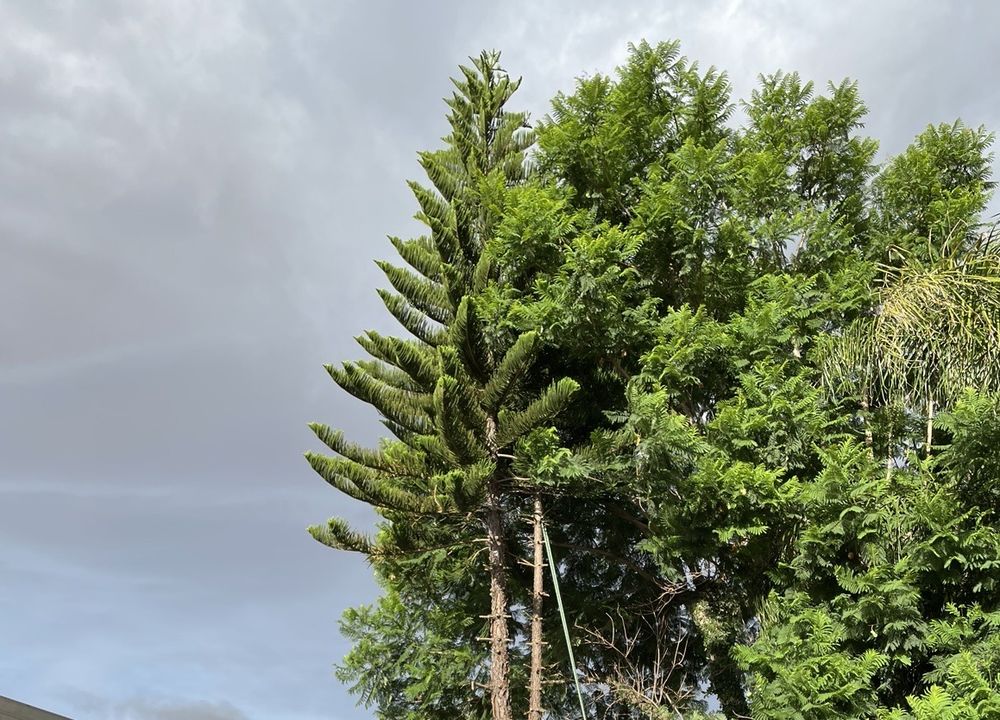Key Takeaways
- Tree topping involves cutting off large branches and limbs from a tree’s crown. This approach leads to permanent health damage and structural failure. What’s wrong with topping trees? It’s a practice not supported by professional arborists.
- To be clear, tree topping is a practice often pursued by homeowners. This practice does nothing but weaken the trees and create higher maintenance costs.
- When trees are topped, all of their leaves are removed, robbing the tree of its food source. This disruption in photosynthesis dwarfs their growth and makes them more susceptible to stress and disease.
- This practice results in weak, spindly branches. These branches quickly become weak and brittle, making them a safety hazard and a liability for property damage.
- As a result, topped trees are more susceptible to decay, sunscald, and other diseases. These problems can dramatically reduce their life expectancy and lead to costly upkeep or tree removal.
- Sustainable alternatives like proper pruning, choosing the right tree species, and consulting certified arborists can enhance tree health and longevity while avoiding the risks of topping.
One of the reasons why tree topping is bad for trees is it’s tempting for short-term gain. Removing the top branches causes extreme stress on the tree, and it becomes more vulnerable to disease, insects, and rot. Without their necessary foliage, a tree cannot make the food it needs through photosynthesis, and stress and dieback will soon follow.
In addition, topping trees leads to the creation of weak and unstable limbs that may become safety hazards, especially during storms or periods of high winds. In the long term, this practice will not only shorten the tree’s lifespan but also raise future maintenance costs.
Recognizing the dangers of tree topping underscores the need for better pruning practices to keep our trees healthy and resilient. Tree care done the right way takes the guesswork out of the equation and provides a safe, beautiful, and lasting landscape.
What Is Tree Topping?
Definition Of Tree Topping
Tree topping is a particularly severe form of pruning. It’s the practice of drastically cutting back the topmost limbs or the entire crown of a tree. This practice typically cuts away a tree’s leafy canopy by up to 50%.
This overwhelming stress leaves the tree vulnerable. Instead of promoting a healthy, mature form, topping destroys a tree’s natural architecture, frequently redirecting it to grow along dangerous, undesirable lines. A topped tree rarely results in a nice, even-looking canopy.
Instead, it prefers to send out dozens of weakly-formed limbs from the cut location, creating a bushy mass of skinny, spindly shoots. A second problem is that many people can’t tell the difference between topping and good pruning, but the truth is that the two are worlds apart.
Pruning involves cutting away dead or overgrown branches and stems to encourage the tree’s healthy growth. Unlike climbing, topping ignores the best interest and the structure of the tree. Professional arborists are strongly against this practice, as it can significantly damage the tree’s long-term vitality and structural integrity.
Reasons People Top Trees
Homeowners usually resort to topping trees to solve real-world problems. They want to keep things short under power lines or let more sun into their backyard. Some of the rest may want a bushier or more even look, thinking that this imparts a tidier appearance to their property.
Some believe that topping is an appropriate practice to prevent future overgrowth, but that’s a common misconception. Rather than address issues, topping either introduces new ones, often just because those responsible don’t understand the dangers it poses.
Common Misconceptions About Topping
Another popular myth is that topping is a safe way to manage tree height. In truth, it harms the tree by promoting the development of weak limbs. These weak shoots may grow very fast, but they are much more susceptible to breaking, leading to more maintenance over the years.
Another misconception is that tree-topping saves money since it lowers future maintenance needs. In practice, topping frequently leads to additional pruning or even the early removal of the tree.
How Tree Topping Harms Trees
Causes Nutrient Deprivation
Tree foliage isn’t just for appearances. Foliage is crucial for photosynthesis, the process that enables trees to produce their food. When large portions of the crown are removed by topping, the tree cannot produce enough nutrients.
Without the necessary energy, tree growth can be inhibited, and trees become more susceptible to disease. It further stresses plants by reducing their resilience to environmental stressors, including drought or sudden changes in temperature.
Without the proper number of healthy leaves, the tree cannot produce enough energy to fuel new growth. This renders the tree exceedingly vulnerable and unable to properly recover.
Weakens Branch Structure
Topping is an improper practice that removes branches in unnatural ways, leading to unwanted growth that is weak and poorly attached. These shoots, called suckers, often break under their weight or during storms.
Removing parent branches changes the growth patterns of the tree, resulting in weak, spindly limbs that can’t hold up over time. The threat of falling branches is great.
Not only do they compromise the health of the tree, but they pose safety risks to surrounding people and property.
Increases Pest And Disease Risks
Topping leaves behind no small cuts but large, open wounds that invite all kinds of pests and pathogens. Stressed trees don’t have the energy to fight off invaders.
Consequently, they turn into sitting ducks for infestations such as bark beetles and diseases like oak wilt. These problems can set off a chain reaction, further stressing the tree and quickly leading to premature death.
Leads To Sunscald Damage
With fewer leaves, the tree’s bark is now exposed to the full brunt of direct sunlight. This can lead to sunscald damage, where the bark gets so hot that it cracks or splits open.
With time, these wounds compromise the integrity of the tree, creating entry points for decay and potentially shortening the tree’s life.
Creates Long-Term Maintenance Issues
Although topped trees can grow back rapidly, their subsequent growth is usually weak and chaotic. To avoid them becoming safety hazards, you must prune them at a very high frequency.
This perpetual maintenance cycle is expensive and labor intensive, not to mention the tree’s natural beauty and health are compromised.
Risks Of Topping Trees
Higher Risk Of Tree Decay
Topping removes the majority of the tree’s crown, leaving large open wounds on branches exposing the inner wood. These wounds usually don’t heal appropriately, allowing decay-causing fungi and pests to get a foothold. Once decay has begun, it moves rapidly through the compromised architecture of the tree.
IAtopped oak can develop hollows within just a few months that can cause limbs to crack in storm events. Decay affects the tree’s structure and integrity, making it more at risk. This can cause it to die prematurely and thus require its removal, incurring needless expense later on.
The compromised ability to heal and combat infections greatly decreases the tree’s lifespan.
Reduced Lifespan Of Trees
According to urban forestry research, over half of the top trees are in such poor health they require removal within five years. At its most basic form, topping stresses trees by indiscriminately removing foliage, making a tree use up stored energy just to continue living.
This speeds up aging, which leads to a tree dying much faster than it would on its own. Mature trees like this play an invaluable role in our ecosystems, providing shade, oxygen, and habitat for wildlife.
Losing them destroys local biodiversity and the unique character of many neighborhoods. By using proper pruning techniques, we can make sure trees remain healthy and beneficial members of our communities for decades to come.
Increased Safety Hazards From Weak Limbs
Topping promotes unhealthy and weak regrowth at cut areas, leading to brittle, poorly attached branches over time. These branches are now susceptible to snapping off in high winds or heavy rain.
If a once healthy tree is topped and regrows near a residence, heavy branches that fall can severely damage homes vehicles, or even kill someone. Additionally, weak limbs become safety hazards for property owners.
When a safe branch fails and causes property damage or personal injury, it can mean costly legal liability.
Poor Aesthetic Appearance Over Time
Natural trees develop an attractive, balanced shape that can be lost forever with topping, which can cause unnatural regrowth in a lopsided manner. This stringy regrowth gives tops a messy look, ruining the aesthetic quality of not only the tree but the entire streetscape.
For example, a once stately maple will develop multiple tall, spindly shoots that will leave the tree looking awkward and gangly. Such unsightly features can lower adjacent property values and break the rhythm of otherwise neat, well-kept yards.
Healthy, well-pruned trees are more attractive, boosting curb appeal and helping to make a neighborhood more beautiful.
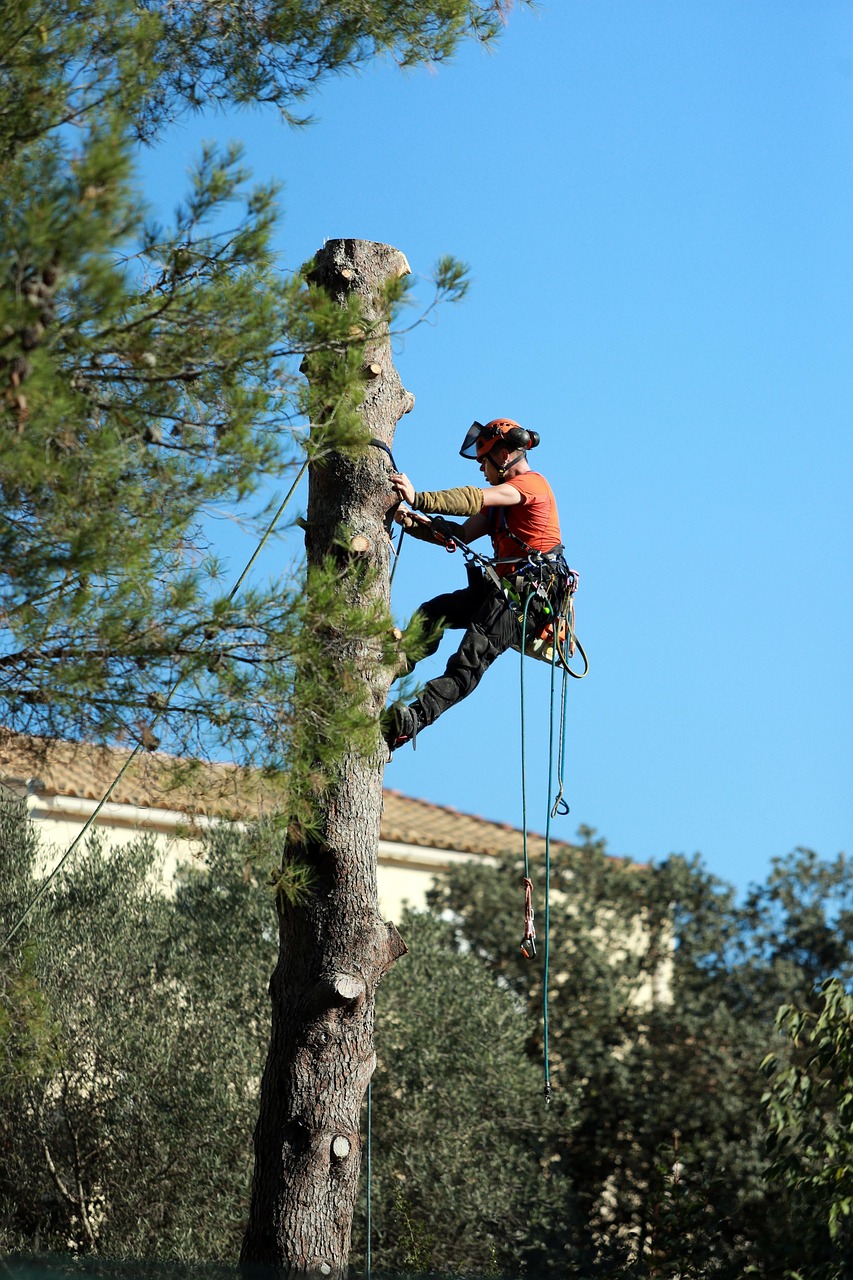
Alternative Tree Care Practices
Choose The Right Tree For The Location
Selecting the appropriate species for the appropriate location goes a long way toward easing future tree care and improving overall tree health. An important thing to consider when planting a tree today is how tall and wide the tree will be when it matures.
Planting a tall, spreading oak under power lines is a short-term solution that creates long-term issues. The same is true with putting it too close to an existing house. Equally important is matching the tree to the site—taking into consideration local conditions, such as soil type, moisture, and climate.
Among the most popular options in arid areas is the honey mesquite, which thrives in low-water conditions. Conversely, the sugar maple that’s so happy in cooler, moist, shaded spots. By choosing the appropriate species, we can reduce the need for harsh treatments like topping.
This determination allows the tree to develop one strong, stable trunk.
Use Sustainable Pruning Methods
Rather than textbook topping, methods such as crown reduction or selective thinning maintain trees in a healthy and proportional form. These techniques prune out individual branches but maintain the tree’s natural form.
Practices like crown reduction can reduce the overall height of a tree without removing its primary structural leader. This not only improves the aesthetic appearance of the tree but also reduces stress on the tree’s branches.
Routine pruning ensures trees aren’t dangerous, taking out weak or dead branches that could fall in a storm and cause damage.
Promote Natural Growth Patterns
Allowing trees to grow more naturally promotes a tree’s structure and future health. Trees are living things that have evolved to grow in specific forms, and the unnatural, forced shapes promote stress on their structure.
Treesholistically grown in nature have superior resilience to weather fluctuations, invasive pests, or diseases. What’s more, trees form homes for animals, contributing to increased biodiversity in communities.
Consult Professional Arborists
Certified arborists bring expertise that can save trees from unnecessary harm. A professional assessment identifies tree issues early, such as diseases or pests, before they become major problems.
Arborists offer tailored advice, ensuring trees remain healthy and safe. Their help is invaluable for preserving trees in urban and residential spaces.
Restoring Health To Topped Trees
Once a tree has been topped, restoring its health and allowing it to regrow requires an investment of time and attentive care. Topped trees can recover, though it takes the right approach and a keen sense of their health.
Steps To Encourage Healthy Regrowth
Caring For A Topped Tree
Supporting regrowth begins with proper care. Here are some actionable steps to take:
- Trees recovering from topping need steady hydration. Deep water once a week, more often during hot, dry spells, allowing the soil to dry out between waterings without becoming bone dry.
- Spread a 2- to 4-inch layer of organic mulch around the tree’s base. This conserves moisture, moderates soil temperature, and suppresses weeds. Don’t mound mulch up against the trunk, or it will rot.
- Use a balanced fertilizer suited to the tree species. This will provide the important nutrients needed to fuel the tree’s new growth. Don’t over-fertilize, which may further stress the tree.
Corrective Pruning Techniques
Pruning is an important part of directing a tree’s healing. By pruning out those weak or damaged branches, we’re taking away that excess stress and redirecting all that energy into the stronger, healthier limbs.
When done by skilled arborists, growth can be directed by focusing on areas of growth that foster structural integrity. Proper pruning helps avoid secondary issues such as disease or pest infestations.
Leave this delicate task to the professionals. They understand the techniques needed to maintain the tree’s long-term health while promoting new, even regrowth.
Importance Of Regular Tree Maintenance
Continued maintenance will help keep the tree on its road to recovery. Regular inspections can identify potential problems such as pest damage or deadwood before they become costly delays.
Routine pruning, watering, and mulching will restore health and will make the tree more attractive and less likely to become a hazard. Proper, healthy maintenance leads to a safer, more colorful, and more joyful outdoor environment in the long run.
Conclusion
Tree topping may seem like an easy solution, but in reality, it makes trees more susceptible to damage and disease. It destroys their natural structure, makes them susceptible to pests and disease, and may create future safety hazards. Healthy trees will add beauty and long-term value to your property. They’re well worth your time to maintain them in excellent form! Alternatives such as selective pruning and keeping trees healthy offer more effective long-term solutions and safeguard your trees for generations.
If you’ve topped a tree in the past, don’t despair. With proper treatment, you can nurse your tree back to health and restore its former glory. Consult an ISA-certified arborist to ensure the best possible care for your trees. Your trees—and your wallet—will thank you in the long run.
Enhance Your Landscape With JC Tree Service’s Expert Tree Maintenance
Proper tree maintenance is essential for keeping your property safe, beautiful, and well cared for. At JC Tree Service, we specialize in comprehensive tree maintenance services for homes and businesses in Brentwood, Antioch, and surrounding areas. Whether you need seasonal pruning, risk assessment, or help managing overgrown branches, our skilled team is here to ensure your trees stay healthy and safe year-round.
Our tree maintenance services are designed to prevent potential hazards, protect your property, and enhance curb appeal. With regular maintenance, we help you avoid risks from weak or damaged branches, manage tree growth, and support long-term health for a vibrant landscape. JC Tree Service focuses on eco-friendly practices, delivering solutions tailored to your needs while keeping your landscape organized and manageable.
Don’t let neglected trees jeopardize your property’s safety and beauty. Contact JC Tree Service today for a free, no-obligation quote on our professional tree maintenance services. Discover how expert care can transform your outdoor space!
Disclaimer
The materials available on this website are for informational and entertainment purposes only and not to provide legal or professional advice. You should contact your attorney or home improvement specialist to obtain advice concerning any particular issue or problem. You should not act or refrain from acting based on any content included in this site without seeking legal or other professional advice. The information presented on this website may not reflect the most current home improvement developments. No action should be taken in reliance on the information on this website. We disclaim all liability concerning actions taken or not taken based on any or all of the contents of this site to the fullest extent permitted by law.
